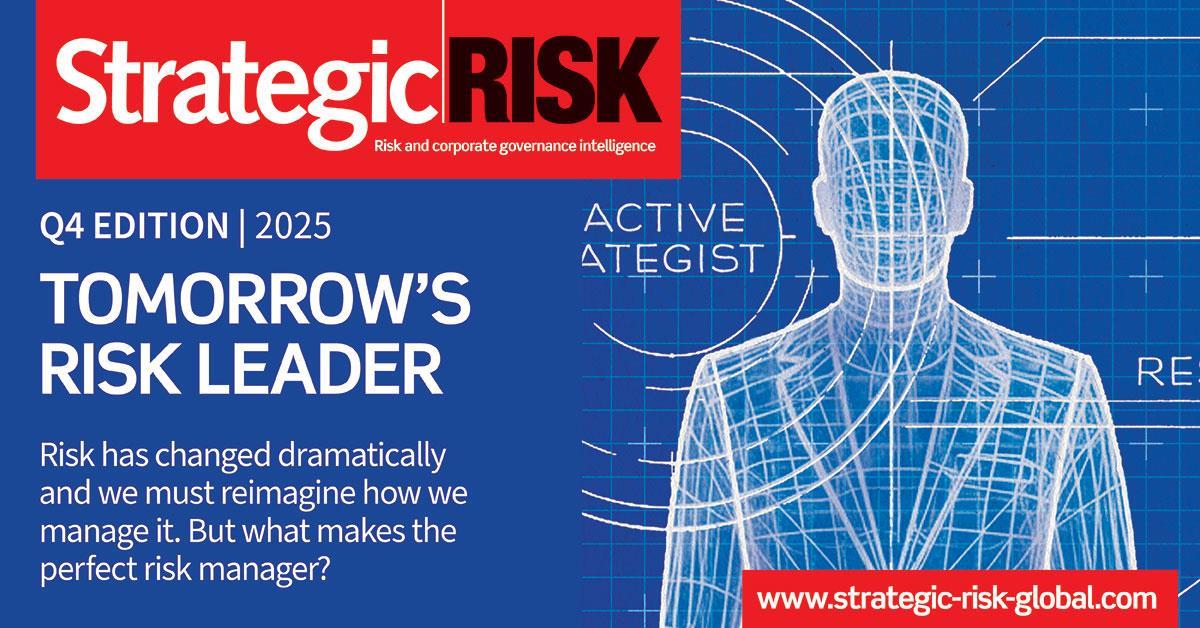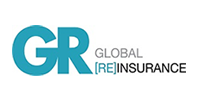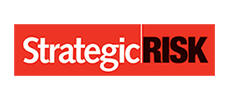With the industry’s war for talent often focused on attracting young, new talent into the marketplace, has specific training to fulfil c-suite succession vacuums by promoting middle managers fallen by the wayside? Industry professionals share their views…
WE ASKED: ”How should the insurance industry prioritise and deliver development for middle level managers into senior leaders, rather than solely relying on external hiring?”
Joanne Wright, group people and culture director, Specialist Risk Group

Organisations should only pursue middle management career development if they are clear about the desired outcomes and are thoughtful in their approach. Otherwise, this strategy risks becoming a tick box exercise, with those who are ’trained’ likely to leave the business.
When done well, prioritising the development of the next generation of leaders offers huge benefits – not only for colleagues, but also for the company. It brings fresh perspectives, nurtures individuals who already understand the business and builds a positive culture of growth.
Crucially, organisations need to be transparent about the expectations at senior leadership level and the rewards that come with it. The step up from management is significant, demanding greater responsibility, a broader skills tool kit and resilience.
At Specialist Risk Group (SRG), while we value senior external expertise, we have successfully appointed the majority of our leadership roles over the last five years from within the business.
This has been made possible through our structured development programme for high potential colleagues, called HiPo.
The blended learning experience HiPo offers combines formal training, coaching and practical exposure, equipping participants for their next senior role and eventual leadership.
We also encourage managers to maintain a healthy cadence of performance reviews, actively testing and stretching participants’ potential at their current level, keeping a sharp focus on drive, readiness and long-term leadership capability.
Antonia Roberts, head of training and development, Empower Development

What sets successful senior leaders apart is not their technical expertise, but their ability to make critical decisions, set strategy, influence others and lead cross-functionally – with empathy, while under pressure.
Some believe these skills can only be gained once in a senior role – a catch-22 for internal hiring – but with a growing leadership gap in the insurance sector fuelled by retirement, even external hiring is becoming unsustainable.
The answer is pairing leadership pipeline mapping with four key ingredients to help the next generation to step up – even as existing leaders prepare to step away.
The first of these ingredients is practical, research-based leadership learning that provides tool kits and frameworks that fast track essential skills development, such as strategy setting, influencing and presenting.
The second is meaningful feedback that helps candidates build on their strengths, fill their blind spots and address any potential leadership derailers – often enhanced using psychometric or 360 tools.
The third is providing opportunities to lead across functions through projects or targeted delegation from senior leaders. This must authentically stretch and challenge candidates, creating the environment to grow their confidence, connections and capability.
The final ingredient is mentorship, in which existing leaders should prioritise sharing insights, explaining approaches and demystifying organisational complexity.
Organisations should start by mapping out talent pipelines with their senior leaders. They can then either work with specialists like Empower Development to design leadership programmes aligned with the above principles or use such firms to write development plans and objectives to start converting today’s middle managers into tomorrow’s business leaders.
Steve Collinson, chief HR and sustainability officer, Zurich UK

We need to recognise the rapid pace of change shaping the insurance industry today.
Mid-level leaders are central to navigating ever evolving customer preferences, high employee expectations, hybrid working and heavier workloads – all while bringing teams together and driving collaboration.
These leaders balance strategic and operational responsibilities, making their development critical to our success in the market.
Read: Looming succession vacuum threatens future sector leadership
Read: More brokers drawn to MGAs with emerging talent and innovation commitment
Explore more talent related content here, or discover more news analysis here
At Zurich, we’ve invested in tailored development for mid-level managers. This includes providing targeted learning, highlighting senior role models and giving opportunities for growth that builds confidence and future leadership skills.
By nurturing our mid-level talent, we naturally strengthen our senior leadership bench, find hidden and unrealised potential and address critical skills gaps. This leads to a more sustainable pipeline of senior leaders and a more loyal, engaged mid-level leader workforce. Entry level recruitment aside, nearly 70% of our vacancies are currently filled through internal recruitment.
Our approach accelerates personal growth and builds an agile, resilient leadership community, helping us to avoid the increasing war on talent and skill shortage.
Ultimately, by empowering our mid-level leaders to drive their own development and arming them with the tools and support to grow their own careers within the organisation, we are building trusted, homegrown leaders who are ready for tomorrow and create a brighter, more sustainable future for the industry.
Katherine Bryant, founder of the Insurance Breakfast Club and chief executive at The Progress Partnership

Middle managers carry invaluable organisational knowledge and relationships. But strong performance at mid-level does not automatically mean readiness for senior leadership. The step up demands new skills – a shift from managing tasks and teams to setting vision, communicating at scale and steering an organisation through change. These are muscles that need to be built, not assumed.
To do this well, three priorities stand out.
First, identify and support the right people early. Not every manager aspires to senior leadership and not every strong operator is suited to it. Focus investment where there is both potential and ambition.
Second, provide targeted development. Rotations across functions, global projects, profit and loss ownership and mentoring from seasoned leaders build the breadth of commercial acumen and resilience required at the top.
Targeted training and 360 feedback are also vital, giving individuals clarity on their strengths, highlighting blind spots and directing efforts to the areas that matter most.
Third, focus on communication. Future leaders must be able to shift from operational detail to articulating strategy, adapt their style for diverse audiences and inspire confidence at scale. We see this shift regularly in our speaker training sessions, where the ability to project presence and communicate with clarity transforms both confidence and leadership capability.
Finally, encourage external networks. Exposure to peers across industries brings fresh insight without losing the deep context only insiders hold. This is how you build leaders ready to step up without defaulting to external hires.

With a range of freelance experience, Harriet has contributed to regional news coverage in London and Sheffield, as well as music and entertainment reporting across various publications.View full Profile
Hosted by comedian and actor Tom Allen, 34 Gold, 23 Silver and 22 Bronze awards were handed out across an amazing 34 categories recognising brilliance and innovation right across the breadth of UK general insurance.























































No comments yet